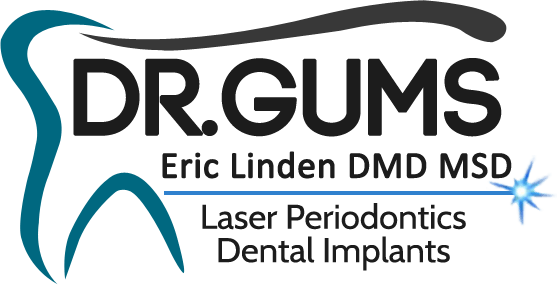Q: First, a big “thank you” for hosting a forum like this to answer all our questions . . .
Can LANAP be done on a “site specific” basis, vs. doing it in “quadrants” or “full mouth”?
And, are the results permanent? That is, if one maintains a proper home cleaning regimen, will the bacteria re-populate? (I ask this because I’ve repeatedly read that there is “no cure” for gum disease.)
A: >Can LANAP be done on a “site specific” basis, vs. doing it in “quadrants” or “full mouth”?
Excellent question. If the full mouth protocol is followed precisely, then it is considered LANAP. Full mouth is usually indicated when there are several areas around the mouth that show disease. We do our full mouth LANAP cases in 1-2 visits maximum. They are usually completed within 7 days. Most of our patients have the LANAP done in one visit and that seems to work very well.
If we are treating an isolated periodontal area of breakdown and the rest of the mouth looks perfect, then we would call the procedure “Localized Laser Periodontal Surgery”.
>And, are the results permanent? That is, if one maintains a proper home cleaning regimen, will the bacteria re-populate? (I ask this because I’ve repeatedly read that there is “no cure” for gum disease.)
As with any periodontal procedure we have done over the last 26 years, our goal is to stabilize the disease. If home care and professional maintenance are followed, then the odds are very high of retaining your teeth and periodontal health. We have been maintaining our patients for over 26 years and the people who followed our maintenance schedule have fared very well. The same has been true for our laser cases. In fact, the laser cases seem to do better than our traditional surgery patients. We even see this improvement 3-5 years post op. Bacteria are always present in healthy gingival crevices in normal or healthy gum tissue. If the tissue becomes diseased, the bacteria shift over to the destructive type which can cause the disease to become active again. The concept is to eradicate the disease and prevent it from another burst of activity.
The laser has been shown to be our best preventative tool to date to get rid of the disease and keep it away.

